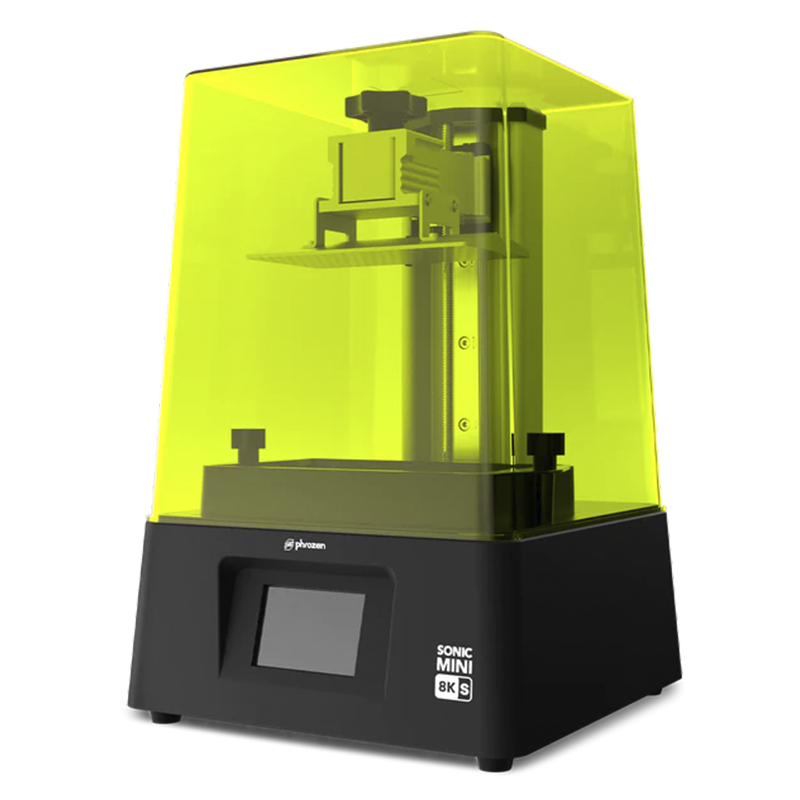And so the pile of grey resin printed shame must be addressed...
First thing was clearing my painting desk (which is why my missus calls me "Captain Chaos") and just having the paints and brushes I need in front of me.
There are a few colour photos taken in Dunkirk by a German photographer Weper Hermann of 13 German Mobile Assault Unit that included French troops here, here and here. Given the passage of time, these give the uniforms quite a brown tinge, and I also noticed different colour belts and boots too. I will try and add in this variety to the squad.
I am going to focus on the core infantry platoon first, so three squads, V-B squad and senior leaders.
Starting out, I base the figures on 20mm metal washers (that will stick to a magnetic sheet) and supplement with a magnet that fits int he base to increase magnetic stickiness (that's a word I think?).
Next undercoating using Vallejo Grey Primer and applying it with a cheap Temu airbrush that is just about up to the job. I prefer a lighter primer as it makes the resulting paint job brighter on the table top.
Sonic Sledgehammer video is the basis of what I am attempting to do, I like using washes but not in a speed painter style and this one looks pretty much perfect.
So what follows is from Sonic's video with a few tweaks by me to totally convert the paints used to Vallejo:
- Undercoat with 70.601 Vallejo Grey Primer.
- Paint uniform with 70.921 English Uniform and then a very heavy dry-brush with 70.879 Green Brown.
- Paint the skin using 70.815 Basic Skin Tone and then apply two washes of ArmyPainter Quickshade Flesh Wash to bring it to life.
- Main backpack 70.824 German Camouflage Orange Ochre.
- Leather belt, ammo pouches and belt chest 'suspenders' in 70.846 Mahogany Brown plus edges of backpack leathery bits also the chin strap.
- Small bags, water bottle and strap across the chest in 70.821 German Camo Beige
- Rifle woodwork with 70.875 Beige Brown.
- Boots with 70.984 Flat Brown or 70.875 Beige Brown or 70.846 Mahogany Brown.
- Adrian Helmet with 70.888 Olive Grey
- Rifle metalwork base with 70.862 Black Grey.
- Buttons with 70.863 Gunmetal Grey.
At this point all the dull stuff is done and time to feel that your figure doesn't look like a two year old has painted it - the magic of washes!
Give it a wash of Army Painter Strong Tone all over thinned with a drop of Vallejo 71.361 Airbrush Thinner. I usually do a couple of washes as sometimes just one wash isn't strong enough for my liking.
 |
| Figure with all basic colours applied and first washes completed |
Suddenly the figure looks like something you would be happy to put on the table! Now to sex it up a little.
Now on to the highlighting (usually a 2 stage process with the original colour and then additional highlight):
- Highlight the uniform with first 70.879 Green Brown with a drop of Airbursh thinner, and then highlight with 70.988 Khaki.
- Now highlight main backpack with 70.824 German Camouflage Orange Ochre and then 70.847 Dark Sand.
- Highlight the leather belt, straps and backpack edging with 70.846 Mahogany Brown land then with 70.818 Red Leather.
- Pick out the rifle metalwork with 70.863 Gunmetal Grey.
- Highlight flesh with 70.815 Basic Skin Tone.
- Highlight small bags, water bottle and strap across the chest with 70.821 German Camo Beige.
- Highlight helmet with 70.888 Olive Grey and then 70.922 Uniform Green. Pick out the helmet rims with 70.863 Gunmetal Grey if you wish in a few places.
- Highlight rifle woodwork with 70.843 Cork Brown.
I must say I am pretty pleased with the result, and so a few pictures of the first squad...
Hope you have found this painting guide helpful and I am off to get a better camera and learn how lighting works...
















